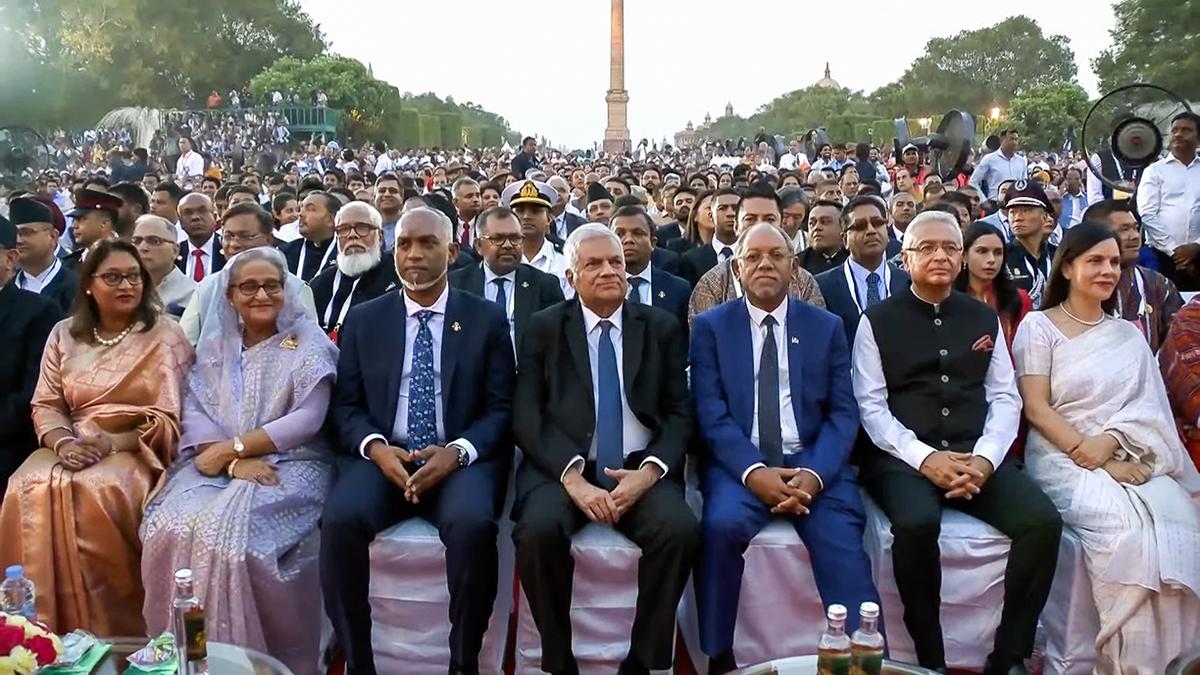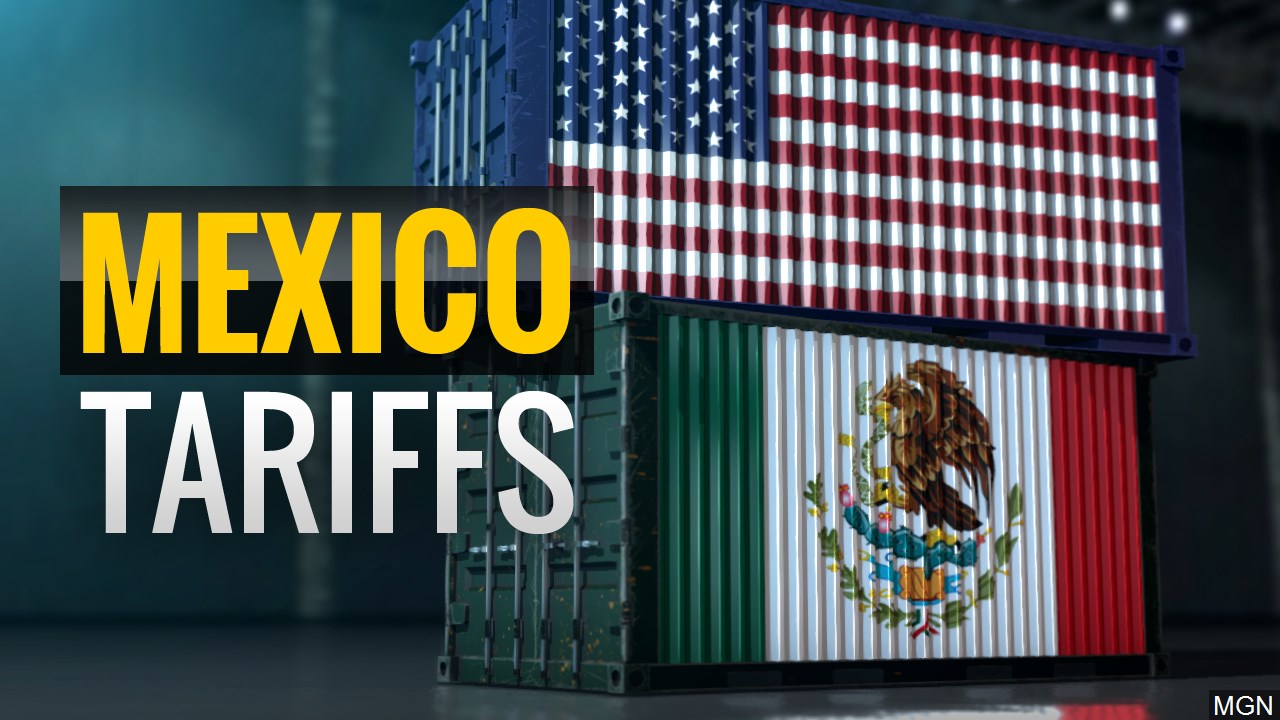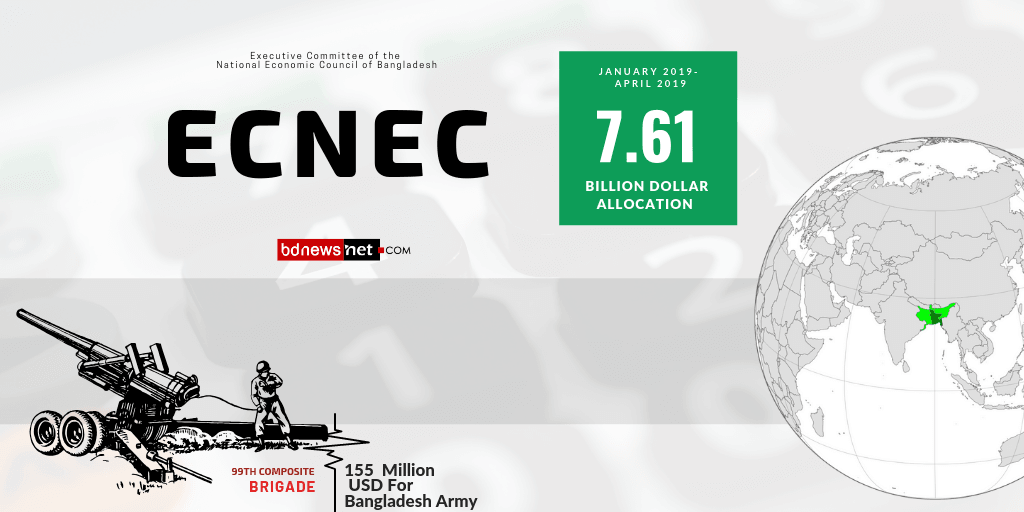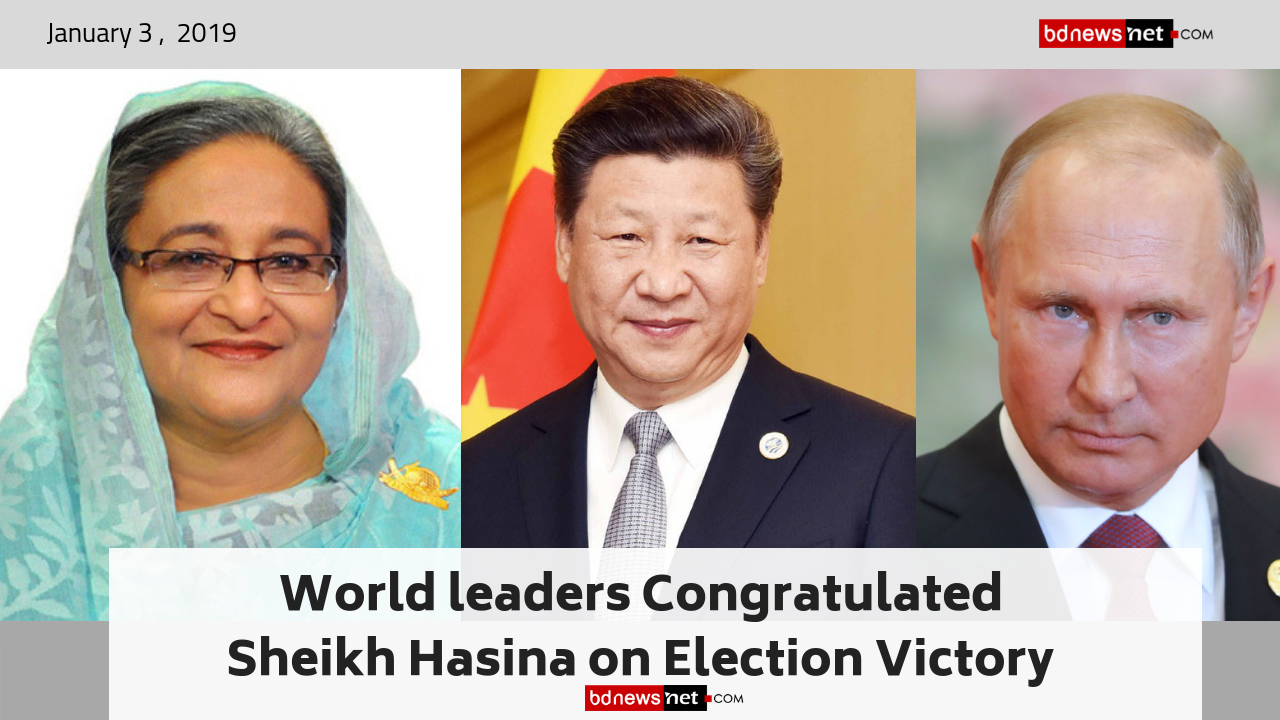Bangladesh Breaking News
Hasina’s Trump Poster Plot: Indian Media Fuels False Narrative in Bangladesh Protests

Bangladesh’s ex-Prime Minister, Sheikh Hasina—now in exile in India—has reportedly called on her supporters to stage protests on November 10, 2024, carrying placards of Donald Trump, the U.S. president-elect, alongside American flags. This move is believed to be part of her broader strategy to escalate tensions and challenge the interim government. Supporters of Sheikh Hasina were arrested on Sunday after reportedly following her orders to stage protests carrying placards of Donald Trump,
According to police, this move was interpreted as a calculated attempt to undermine Bangladesh’s diplomatic relationship with Washington, The situation escalated on Sunday with several arrests following these demonstrations.

Bangladesh army refused to suppress protest, sealing Hasina’s fate
However, the media narrative around this incident diverges sharply. Indian outlet India Today reported that Bangladesh had “cracked down on Trump supporters” following Hasina’s directive—a framing that arguably distances her agenda from any apparent anti-U.S. motive. This narrative aligns with Hasina’s ongoing efforts to deflect criticism of her authoritarian rule, which has been marked by severe crackdowns and alleged human rights abuses, leaving over 1,500 dead this year alone. India Today’s stance has raised questions about potential editorial biases, suggesting its reporting sanitizes Hasina’s actions, masking the destabilizing implications of her recent activities.
Some Indian Media’s Support of Hasina’s Agenda Reflects Broader Geopolitical Motives
Some Indian media’s willingness to echo Hasina’s narrative also raises questions about broader geopolitical agendas. By framing her actions as efforts against U.S. intervention or as standing up against external pressure, some media outlets position Hasina as a nationalist figure, arguably playing into anti-Western sentiments prevalent in certain political circles. For Indian media to showcase Hasina’s directives uncritically, especially in a nation with considerable influence over regional narratives, suggests a willingness to bolster her legitimacy, even as her tactics undermine democracy within Bangladesh. This alliance between Hasina’s agenda and influential media narratives illustrates how political motives can seep into mainstream reporting, shaping public discourse in a way that strengthens a controversial leader’s hold on power while potentially eroding trust in journalism itself.

Prime minister flees after hundreds killed in ‘Gen Z’ protests
Not all Indian media outlets have propagated a false narrative
For instance, The Times of India
In contrast, Barron’s echoed a more straightforward narrative, focusing on the police’s interpretation that Hasina’s calls for protests with Trump imagery were intended to damage U.S.-Bangladesh relations. This divergence in reporting spotlights the polarized views surrounding Hasina, with some outlets casting her as a nationalist fighting against foreign influence, while others see her as a destabilizing force attempting to weaponize anti-U.S. sentiments for political gain.
Police state that Hasina’s orders included instructions for her followers to take video footage during any incidents, a tactic seen as a way to manipulate the narrative and deflect criticism from her past leadership, marked by iron-fisted tactics and extensive human rights abuses.
Sheikh Hasina’s continued attempts to stir unrest, even from exile, underscore her relentless pursuit of power through oppressive tactics. Her orders to incite protests with politically charged imagery, such as Trump placards, reflect a strategy designed to undermine the interim government and manipulate international relations. Meanwhile, as Bangladesh seeks Interpol’s assistance to repatriate Hasina and hold her accountable for alleged crimes against humanity, the pressure mounts for justice. Hasina’s legacy of violent repression and human rights abuses continues to fuel division and unrest, both within Bangladesh and on the global stage.
Written by Aziz Tarak
Sheikh Hasina’s recent directive for her supporters to stage protests in Bangladesh carrying placards of Donald Trump highlights her strategic use of politically charged symbols to incite unrest. By invoking Trump’s image alongside U.S. flags, Hasina aims to stir emotions and create a narrative that could destabilize the interim government, all while fueling anti-American sentiment. This move reflects her ongoing efforts to challenge the political status quo in Bangladesh and manipulate international perceptions, further complicating an already tense diplomatic landscape.
Aziz Tarak





